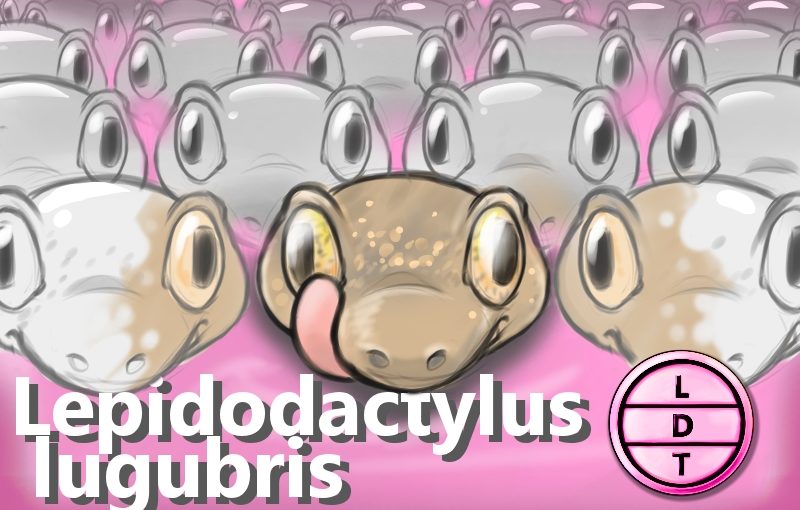“And today we’re talking about a strong independent gecko, who loves sailing and walks on the beach. But more on that later.”
Intro
If you found yourself all alone on a desert island, you might be pretty lonely. But what if you could make friends… literally! There’s one little lizard that has developed a way to populate islands in the South Pacific with unorthodox methods. But, sometimes, strange and amazing adaptations are what it takes to pass on your genes in Life, Death, and Taxonomy.
Measure Up
Length – 10.5 cm (four inches) – How many mourning geckos go into the height of Jake Wood (5’11’’), the voice of the Geico Gecko for 10 years? Hint: Wood was let go as the voice of the beloved gecko in 2015 over a pay dispute. Answer: 17.5 inches
Genus – 34 species in Lepidodactylus – How many lepidodactylus genus sizes go into the total number of Geico employees (38,000)? Hint: Geico was founded in 1936 and is not a sponsor. Answer: 1,118 Lepidodactylus genus units.
Major Fact
Mourning geckos are often found in all-female populations.
How, pray tell, could this be? They are capable of something called parthenogenesis. Form of asexual reproduction that allows them to lay eggs that develop into embryos without fertilization. To understand how this works, we are going to have to get sciencey.
Normal eggs form after a process called meiosis.
Meiosis is a type of cell division that reduces the number of chromosomes in the cell by half. This creates haploid cells, which are genetically different from the parent cells. This is why you don’t look exactly like one of your parents. Instead of getting 100% their DNA, you get a mixture of both. And that makes you unique.
But what about the mourning geckos, who have no one to mix DNA with?
Haploid cells on their own can’t produce a new creature. That’s why you aren’t eating a baby chick when you eat eggs. You’re just eating half the ingredients that are needed to make a chick.
However, Mourning geckos produce viable eggs before going through meiosis. Cells are genetically identical to parent cells. Offspring are full clones. But you can’t reproduce with nothing but clones. Genetic variation is important for adaptation and without variations populations can mutate.
Haploid cells divide after meiosis through mitosis. Essentially, diploid cells divide into haploid cells through meiosis. Those haploid cells recombine. Mixing up the genetic material from the mother. These offspring are called half-clones. But it’s just enough variation to allow for adaptation.
Males are sometimes born from all-female populations. However, studies show that they are typically sterile.
The process of parthenogenesis allowed the mourning gecko to easily populate the islands of the south pacific. A single gecko could populate a whole island. How’d they get there? They hitched a ride on boats of island natives. Like in Moana, native people were island hoppers and explorers that colonized new places. Geckos went with them.
Outro
Carlos: Hey check it out! I learned how to parthenogenically make more Carloses!
Joe: What how?
*popping sound*
Carlos (voice doubled in post): See?
Joe: UGGH! How did you do that?
Carlos: Through the power of audio editing!
Joe: Oh. Well, that’s not really–
Carlos: You know what else could use some multiplication?
Joe: *sigh* What?
Carlos: Life, Death, and Taxonomy’s reviews on itunes and other listening apps.
Joe: That’s true. A little review mitosis could help search algorithms find us, which means more listeners can find us.
Carlos (more voices than ever): Exactly!
Joe: *sigh*

